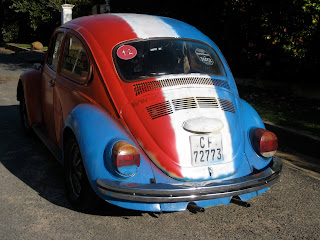



To manipulate by definition is to control or have influence over someone or something. In the teaching world we manipulate our students, our students sometimes manipulate us, and we must manipulate the parents of our students, as well as some administration during conferences and meetings. In the world of mathematics, the student gets the chance to be the manipulator of an object in hopes of having a better understanding of why or how we solve any particular math problem. In America, teachers are given, make their own, or purchase math manipulatives all the time. This past year I used blocks, unifix cubes, buttons, cards, dice, counters, gold fish, marshmallows, Apple Jax, stamps and fabric (just to name a few) in my classroom. Being the visual/kinestetic learner that I am, I know how important it is to have students become involved, create their own ideas and solve their own problems. From day one in the Franschhoek schools, I have been interested in doing some First Steps in Mathematics tools that I’ve learned these past two years, and knew that in order to do so I would need one thing…manipulatives. When I broached the subject to one of The Kusasa Project coordinators, he mentioned that each classroom has a set of LEGO pieces. Perfect. In the beginning of last week, we worked at the Dalubuhle School and were told we would spend our time split between two third grade classes to help work with and show the teachers how to use the manipulatives they have. Apparently prior to this, the boxes have been packed away in some corner of the room collecting dust. Again, with no game plan, Nick and I went in and were able to manage a decent lesson in addition and one in multiplication. The students seemed excited to be working with the LEGOs, (and after a few translations from the classroom teacher) began to understand what we were trying to teach. Being that many students have learning disabilities and no one to support them, there were still those students who struggled understanding the concepts being taught, but all in all they were trying their best. And for my teaching style, that is what matters most.























